Japan is one of the most popular destinations among the countries of the world. With so many destinations and experiences scattered throughout the country, a visit to Japan will surely be a memorable experience of your lifetime.
In this article we offer a two-week itinerary for those planning a trip to Japan. The itinerary has been seriously considered by the Japanese author, so it will surely be helpful for you.
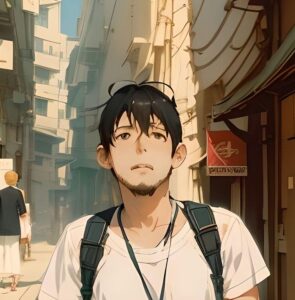
We provide detailed travel guides to Japan by Japanese people who love to travel.
You will find a lot of information on travel tips that only a Japanese person can tell you about.
Key points of planning a 2-week itinerary for your trip to Japan
First, here are some basic information and tips you should know about planning a trip to Japan.
Which way should we head from Tokyo, east or west?

When traveling to Japan from overseas, it is common to use airports located in Tokyo. There are two airports in Tokyo, Haneda Airport and Narita Airport. Haneda Airport is located in the center of Tokyo. From Narita Airport to Tokyo Station takes about 1.5 hours by express train(Narita express).
Tokyo is the capital of Japan and the gateway to many international flights. 2 weeks may seem like a long time, but it is surprisingly short. Since Japan has a wide variety of tourist attractions from north to south, you will have to narrow down your itinerary to a certain extent.
Generally, a popular route is to go westward from Tokyo. This is because many of the major cities, such as Kyoto, Osaka, and Hiroshima, are located to the west of Tokyo. Of course, north of Tokyo, the Hokuriku region, Tohoku region, and Hokkaido are also attractive places. Especially in winter, the entire area is covered with snow, and you will be able to enjoy the elegant cityscapes and sightseeing spots.
The key to planning is diversity.
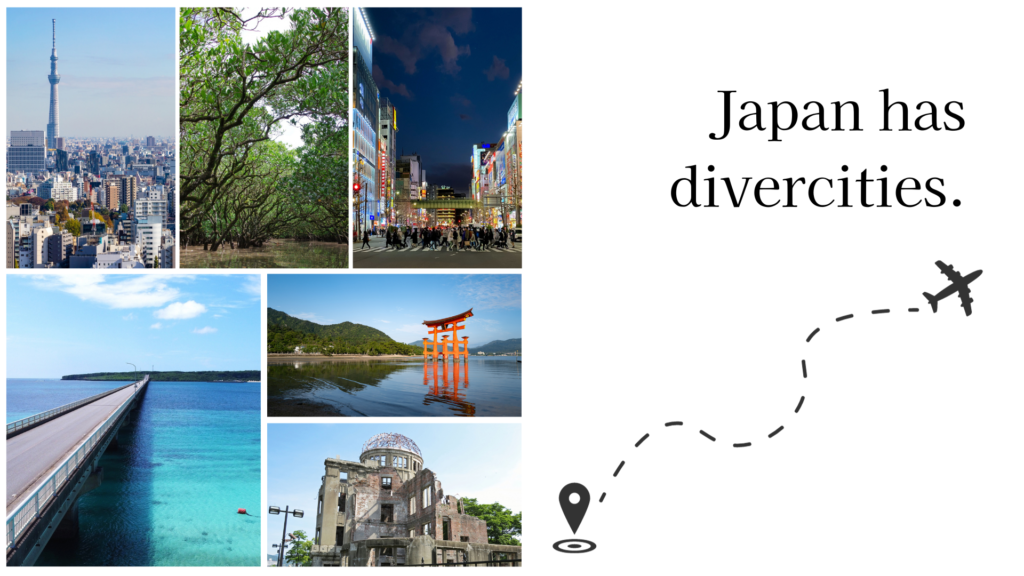
Despite the small size of Japan, each region has its unique characteristics and culture. If you are planning a visit to Japan, be sure to plan your schedule in a way that allows you to experience the unique characteristics and differences of each city.
For example, Tokyo’s neon lights and downtown area, Kyoto’s traditional townscape, Okinawa’s beautiful sea, and so on. It is boring to visit only big cities, so try to visit lesser-known places!
How to Choose Accommodations
There are many different types of hotels in Japan, including resort hotels, guesthouses, and city hotels. Airbnb have been increasing recently, but they are still in their infancy compared to those in the U.S. or Europe. And we highly recommend “Ryokan,” a lodging facility unique to Japan. You won’t find many ryokans in Tokyo or Osaka, but there are many in rural areas and hot spring resorts, so please try staying in one.
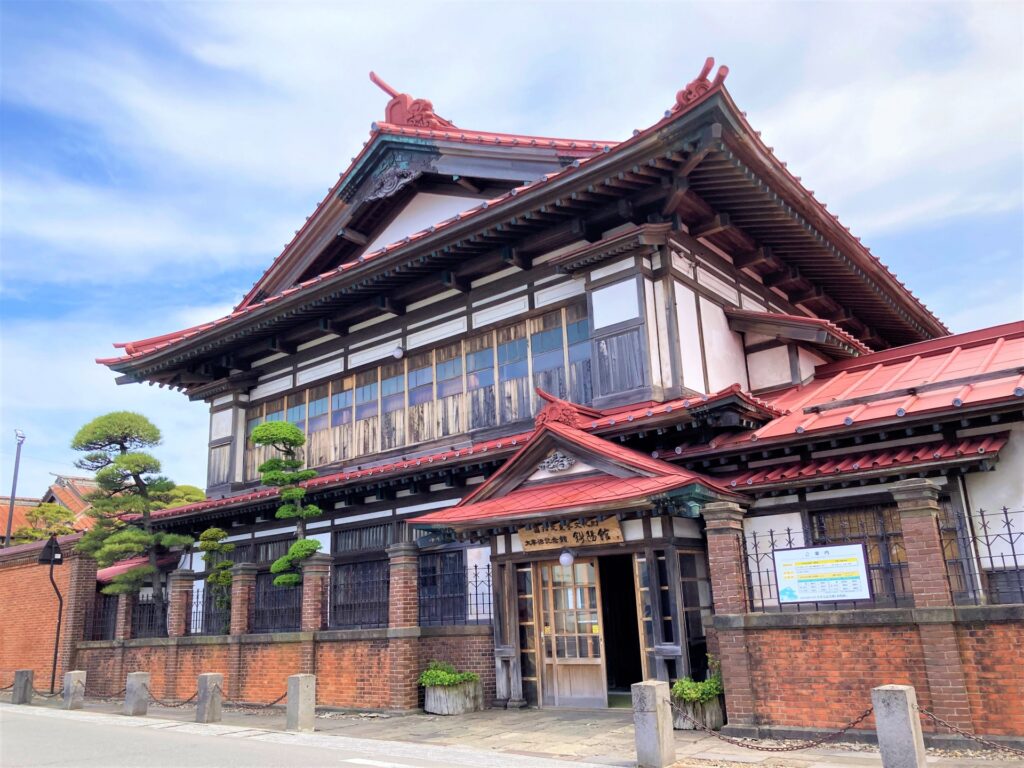
A. Ryokan is a traditional Japanese lodging facility. Guests sleep in Japanese-style rooms with tatami mats and on futons at night. Many ryokans are located in natural or historical sites and offer communal baths and hot springs. Another attractive feature of ryokans is the opportunity to enjoy “Heyasyoku” where dinner is served in your room.
Train or Airplane?
If you are planning to stay in Japan for two weeks, most people will probably tour several cities. So, what is the best way to get around?
Traveling by train or Shinkansen
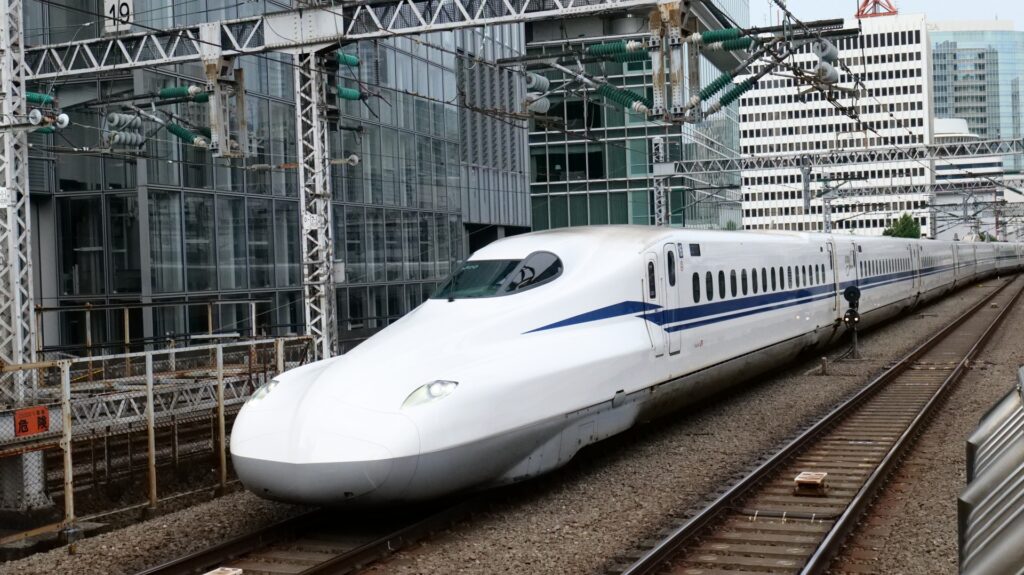
The train network is very well developed in Japan. Especially in and around major cities such as Tokyo, Osaka, and Kyoto, the train network is very well-developed and efficient. In addition, the Shinkansen is the best way to travel between cities. Running at speeds of up to 300 km/h, the Shinkansen provides comfortable travel and connects major Japanese cities in a short time.
Air travel
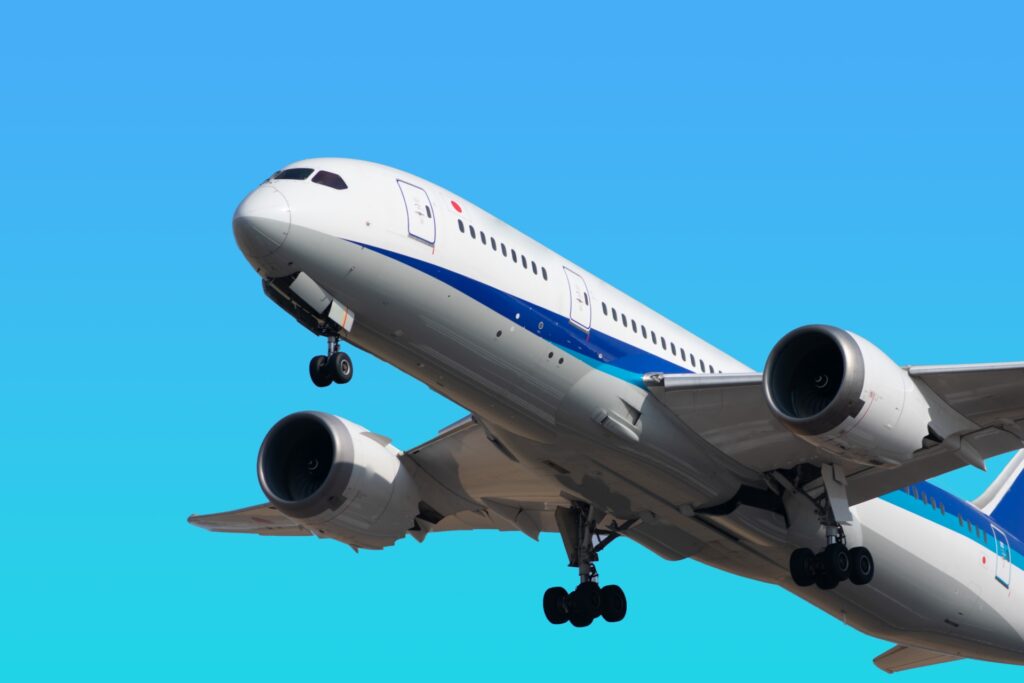
Airplanes are convenient for long-distance travel. In particular, we recommend choosing airplanes when visiting distant areas such as Okinawa, Hokkaido, or Kyushu, or when you want to use your time efficiently. Recently, the number of LCCs has been increasing, and using such airline companies can keep costs low. In addition, LCCs are generally cheaper than Shinkansen trains.
About Japan Rail Pass
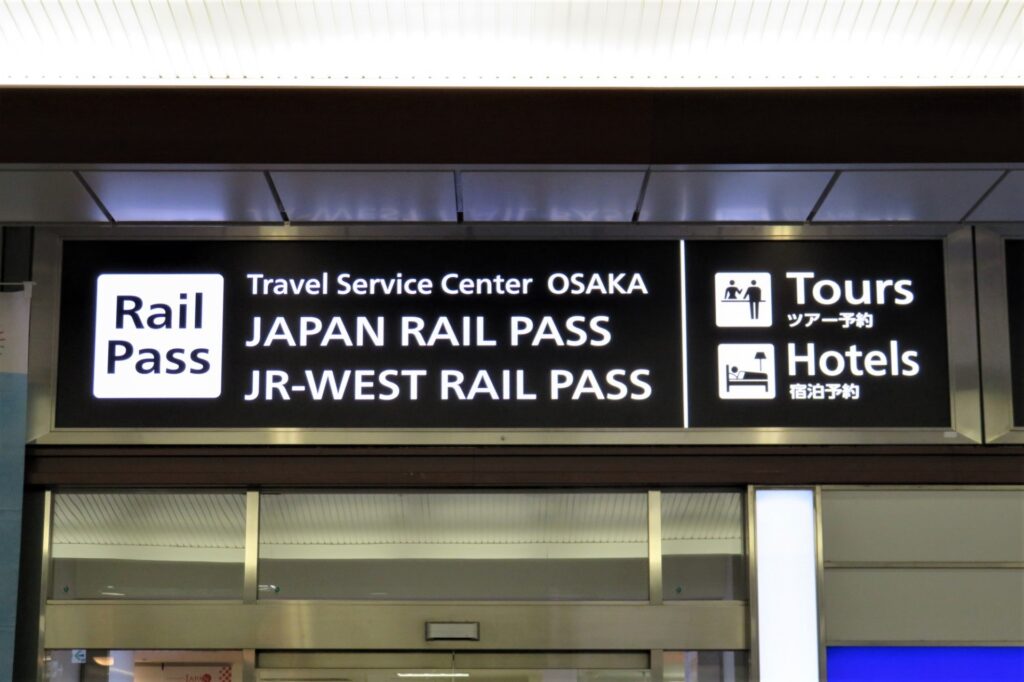
JAPAN RAIL PASS (JR Pass) is sold by JR, the national railroad company of Japan. This is a free Shinkansen ticket for foreign tourists that allows you to use the Shinkansen within a certain period.
There are several types of Shinkansen: Nozomi, Hikari, and Kodama. They differ in the number of stops and the time required for each. The JAPAN RAIL PASS does not allow you to board the Nozomi bullet train, which has the fewest stops (shortest journey time).
However, the rules have changed since October 2023, allowing Japan Rail Pass holders to ride Nozomi for an additional fee. Another advantage of the Shinkansen is that, unlike airplanes, boarding procedures do not take long, so you can use your time more efficiently.
Anyway, you should first determine your travel schedule to some extent before deciding whether to use the JAPAN RAIL PASS.
【JAPAN RAIL PASS prices table】
| Type | Green (the gorgeous car) | Ordinary (comfortable standard car) | ||
| Duration | Adult | Child (6 to 11yo) | Adult | Child (6 to 11yo) |
| 7-day | 70,000 YEN | 35,000 YEN | 50,000 YEN | 25,000 YEN |
| 14-day | 110,000 YEN | 55,000 YEN | 80,000 YEN | 40,000 YEN |
| 21-day | 140,000 YEN | 70,000 YEN | 100,000 YEN | 50,000 YEN |
Incidentally, the cost of a Shinkansen between Tokyo and Osaka is usually about 15,000 yen(100 USD). The JAPAN RAIL PASS is 80,000 yen(533 USD) for a 14-day pass. So, if the cost of one ride on the Shinkansen is 15,000 yen, it will pay for itself only after six rides.
※1USD=150yen
Japan Two Week Itinerary created by Japanese travel PRO
This time, we have prepared the Japan Two Week Itinerary. You can visit Tokyo, other major cities and ending at a resort on a tropical Japanese island.
- Days 1-3: Tokyo (theme: Tokyo Culture)
- Days 4-6: Kyoto and Osaka (theme: Kansai Gourmet and History)
- Days 6-7: Hiroshima (theme: Peace Study)
- Days 7-9: Kyushu (theme: Onsen)
- Day 10-12: Amami Island or Miyakojima Island(theme: nature and vacation)
- Day 13-14: Tokyo
Many foreign tourists probably only visit Japan’s mainland. But there are many attractions on Japan’s outlying islands as well, so be sure to experience them for yourself.
Days 1-3: Explore Tokyo (theme: Tokyo Culture)
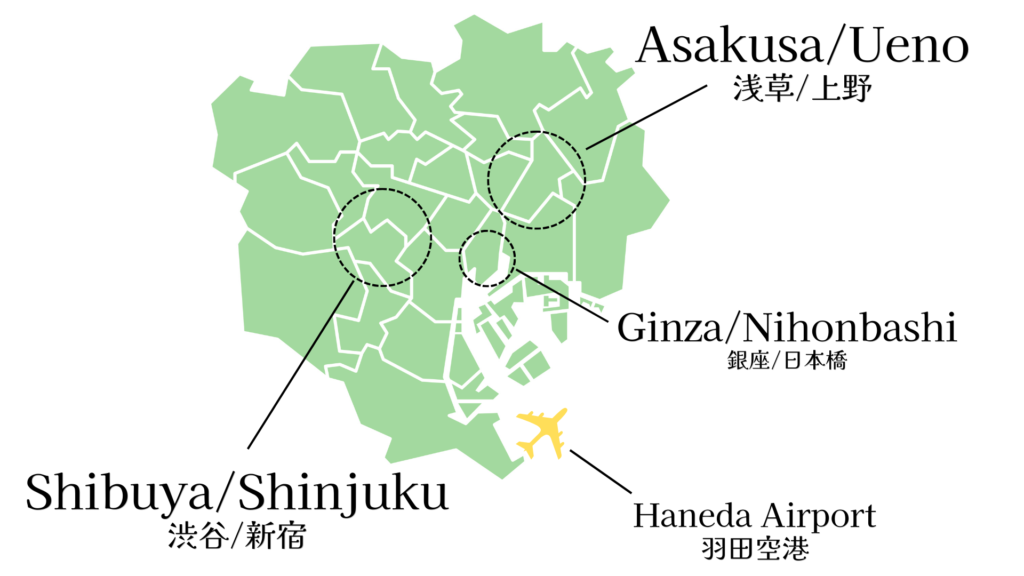
Tokyo, the capital of Japan, is the largest city in Japan, bustling with tourists from home and abroad. Its appeal lies in its unique atmosphere where the latest modern culture and traditional Japanese culture coexist.
Here are some of the most popular areas in Tokyo.
Asakusa/Ueno Area
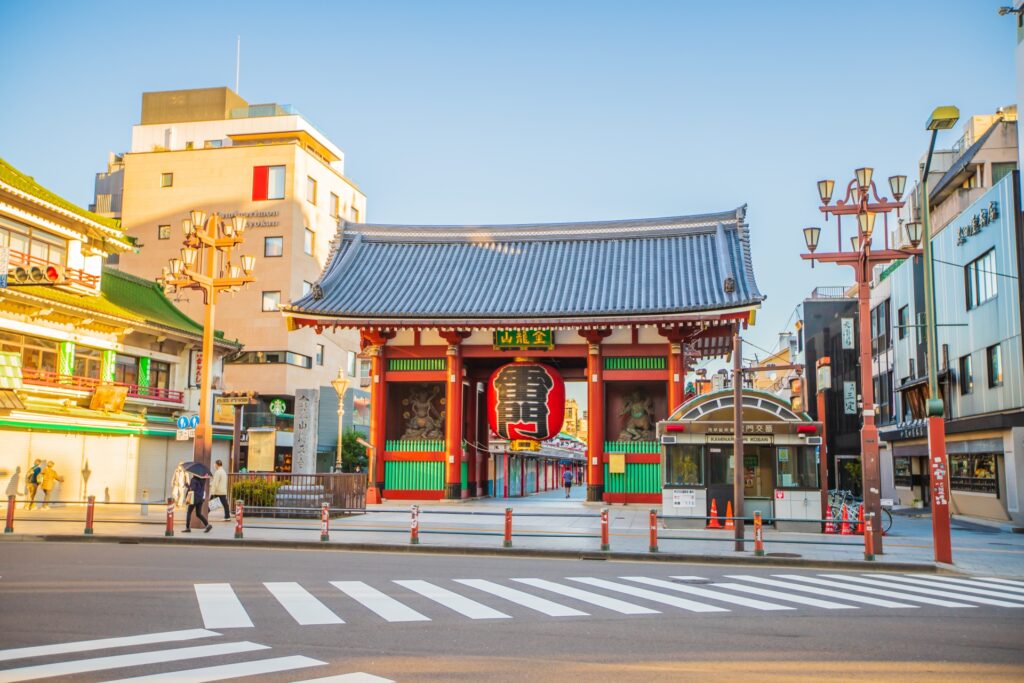
Asakusa and Ueno are known as downtown areas where one can experience the history and culture of Tokyo. Senso-ji Temple is one of the most famous tourist spots in Japan. Visitors can experience the good old days of Japan. A short distance away from Asakusa, you can also access the Tokyo Sky Tree, the world’s tallest tower. Ueno, on the other hand, is a popular place to enjoy art and nature, with Ueno Onshi Park, the National Museum of Western Art, and the Ueno Zoo.
Shibuya/Shinjuku Areas
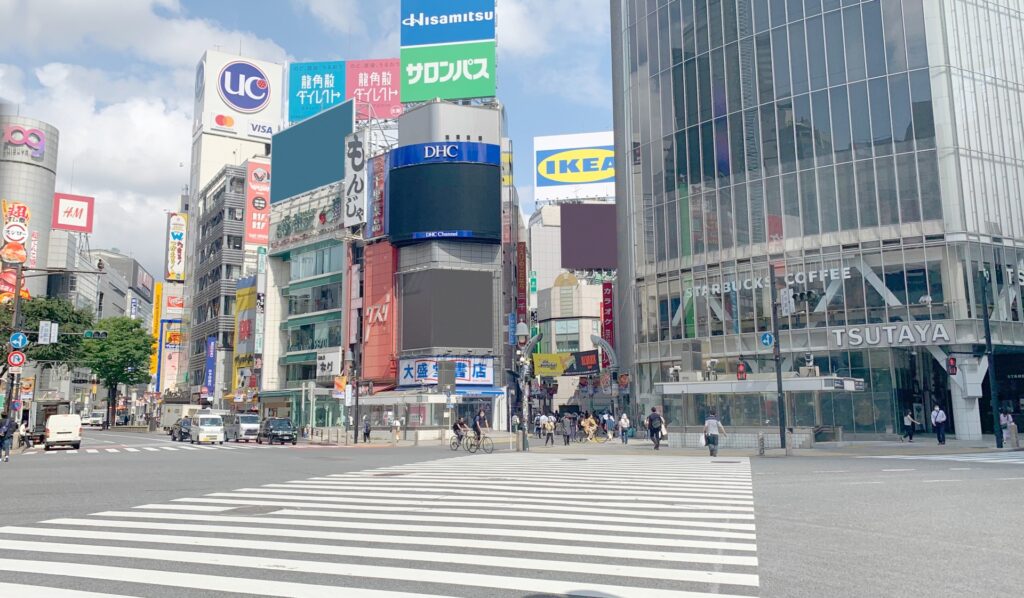
Shibuya and Shinjuku are known as two of the most energetic areas of Tokyo. Shibuya’s Scramble Crossing and Shinjuku’s Kabukicho represent the urban side of Tokyo. Shopping, dining, and entertainment are all concentrated in this area.
Nihonbashi/Ginza Area
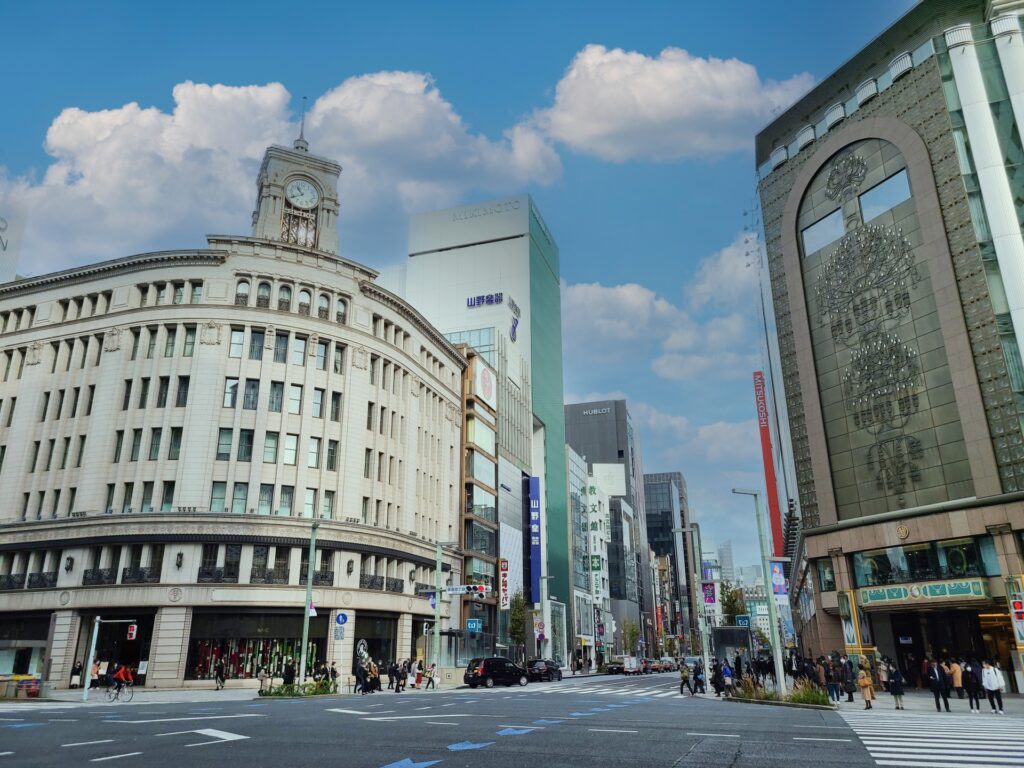
Nihonbashi and Ginza are known for their blend of tradition and modernity. Nihonbashi is lined with historic buildings and long-established stores, while at the same time offering the latest in fashion and dining. Ginza is a typical Tokyo shopping area with luxury brand stores, art galleries, and traditional restaurants.
A few more core areas

Akihabara:
Akihabara is known as the “Mecca of Otaku”. It attracts many fans from Japan and abroad, with stores selling anime, manga, and video game goods, maid cafes, and other unique cultural experiences.
Okubo:
Okubo is known as Tokyo’s “Korea Town. With many stores and restaurants where you can enjoy Korean culture and cuisine, Okubo is a must-visit spot for fans of the Korean Wave.
Tsukishima:
Tsukishima is known as the birthplace of “MONJA-YAKI”. The shopping district with its homey atmosphere of “MONJA-YAKI” restaurants is a popular place to enjoy a local experience.
Days 4-6: Kyoto and Osaka – Explore Kansai’s Food and History
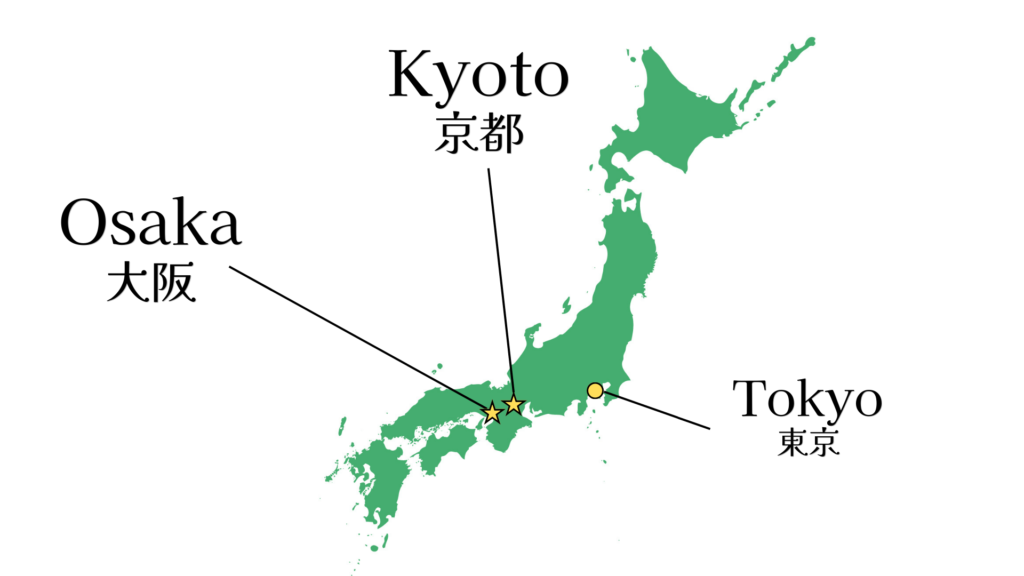
After leaving Tokyo, visit Kyoto and Osaka, the two largest cities in the Kansai region. These two cities are located relatively close to each other, as they can be reached by train in less than an hour.
Therefore, you may choose to stay one night each in Kyoto and Osaka, or you may plan to stay two nights in one of the two cities and take a day trip to the other.
Kyoto
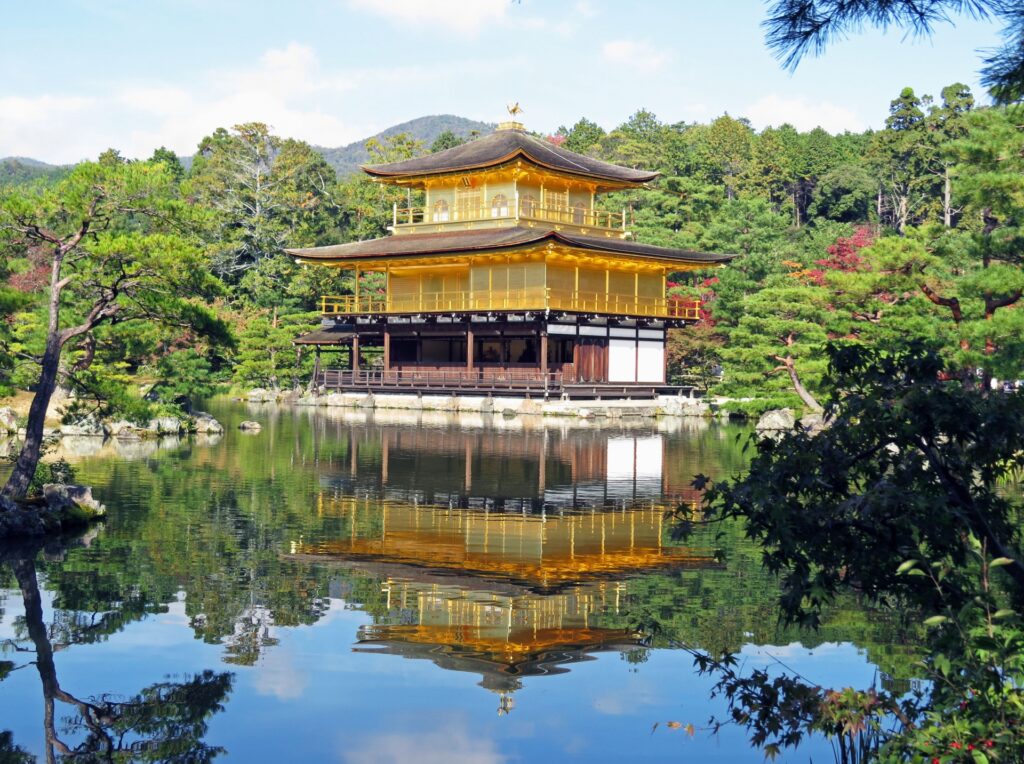
Kyoto is the ancient capital of Japan with a history of over 1,200 years, and its beautiful scenery and traditional culture are still alive today.
Kiyomizu-dera Temple, Kinkaku-dera Temple, Ginkaku-dera Temple, and Gion are just a few of the many attractions. Many of the images of old Japan that foreigners associate with Kyoto remain, and visitors can enjoy traditional Japanese houses, teahouses, and ryokan (traditional Japanese inns).
As for dining, enjoying Kyoto’s traditional “Kyo ryori” (Kyoto-style cuisine) and “Matcha sweets” is a must.
Osaka
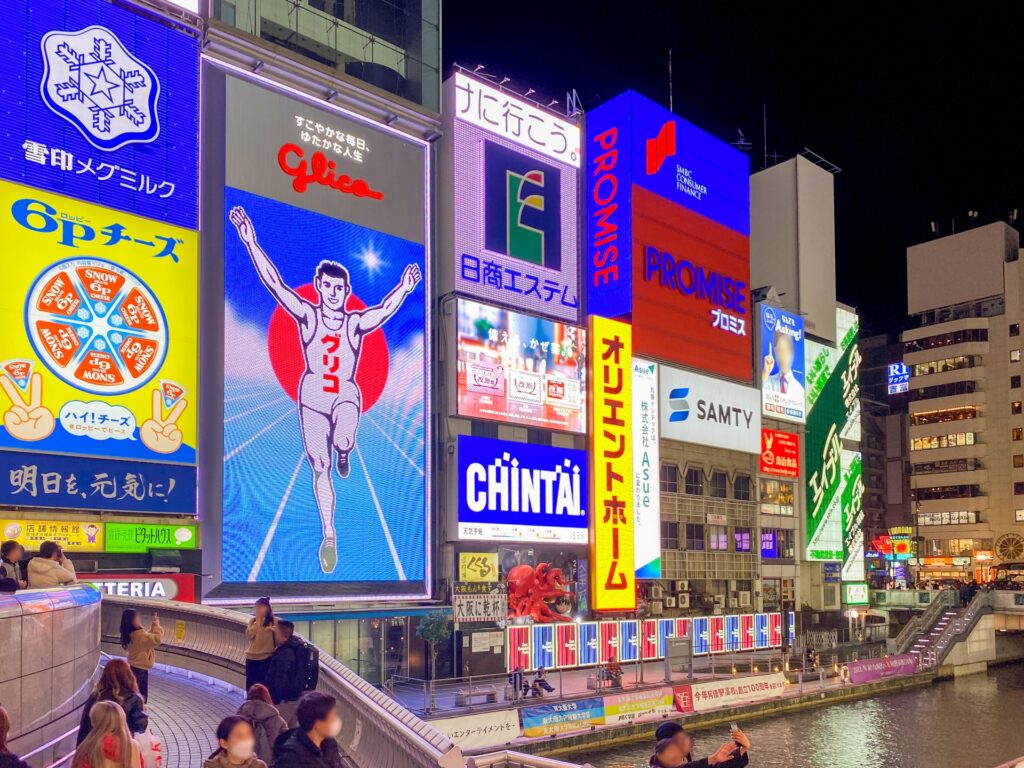
Osaka is the second largest city after Tokyo. The relation of Tokyo and Osaka is like Los Angeles to New York, Barcelona to Madrid, Rio de Janeiro to Sao Paulo.
Osaka is known as a city of commerce and cuisine, and a visit to Osaka is a must. You must try “Takoyaki” and “Okonomiyaki. A visit to an “Izakaya” (Japanese-style pub) or a bar that is busy until late at night is also recommended.
The language used in Osaka is called “Osaka-ben,” which differs slightly from the Japanese used in Tokyo. For example, “Thank you” in Japanese is “Arigato,” but in Osaka dialect, it is “Ookini”. It is a good idea to enjoy the differences in language while walking around the city.
Day 6-7: Hiroshima – Peace Study Tour

During these two days, you will visit Hiroshima, Japan’s Peace City. From Osaka, it is only a 1.5 to 2-hour ride on the Shinkansen. The center of Hiroshima is relatively compact, allowing you to visit major tourist attractions efficiently.
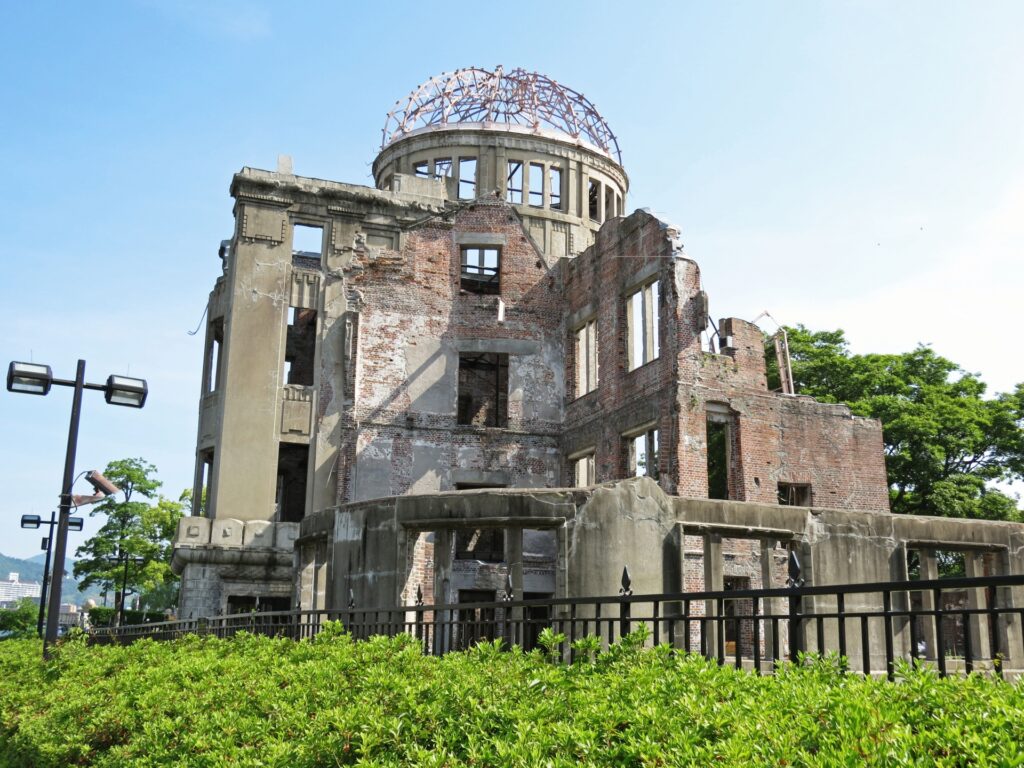
First, you can visit Peace Memorial Park and the Atomic Bomb Dome to get a sense of the tragedy of war and the wish for peace. There is also the Peace Memorial Museum in the park, where you can learn about the detailed history of the city. Afterward, a visit to Hiroshima Castle and the Hiroshima City Museum of Art is recommended to enjoy the nature and culture of Hiroshima.
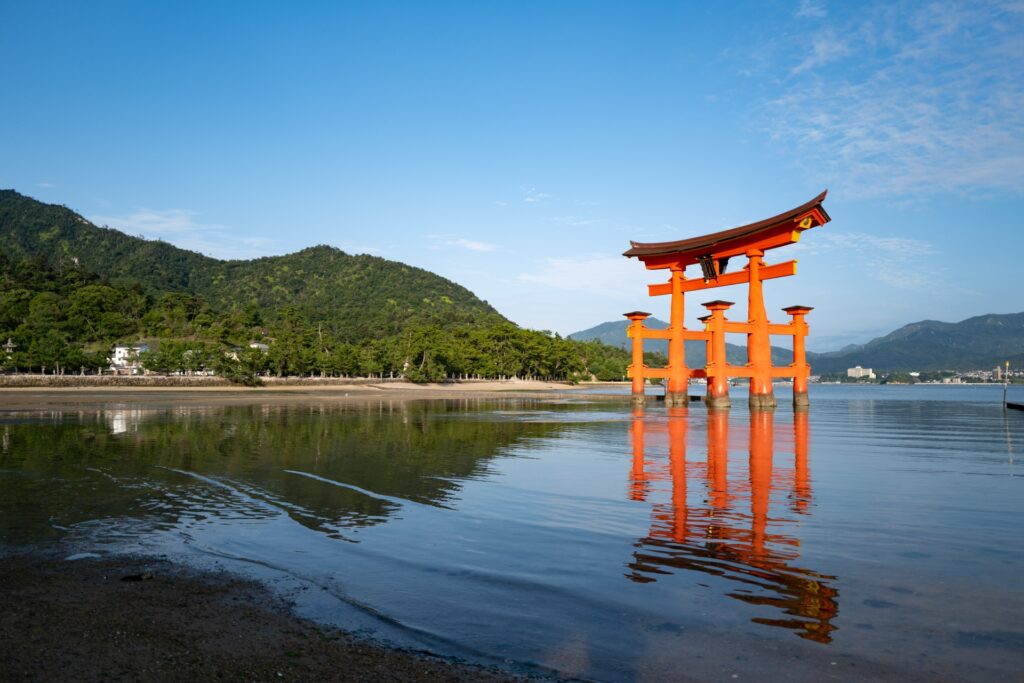
The nearby island of Miyajima is also not to be missed, with its Otorii Gate and Itsukushima Shrine known as one of the most iconic landscapes in Japan. As for food, Hiroshima is famous for its okonomiyaki. Visitors can enjoy a different style of “Okonomiyaki” from that of Osaka. It is also famous for its fresh seafood and local sake, which should also be savored.
CLICK→Find Hotels in Hiroshima!
Days 7-9: Kyushu Region – Healing at a Hot Spring
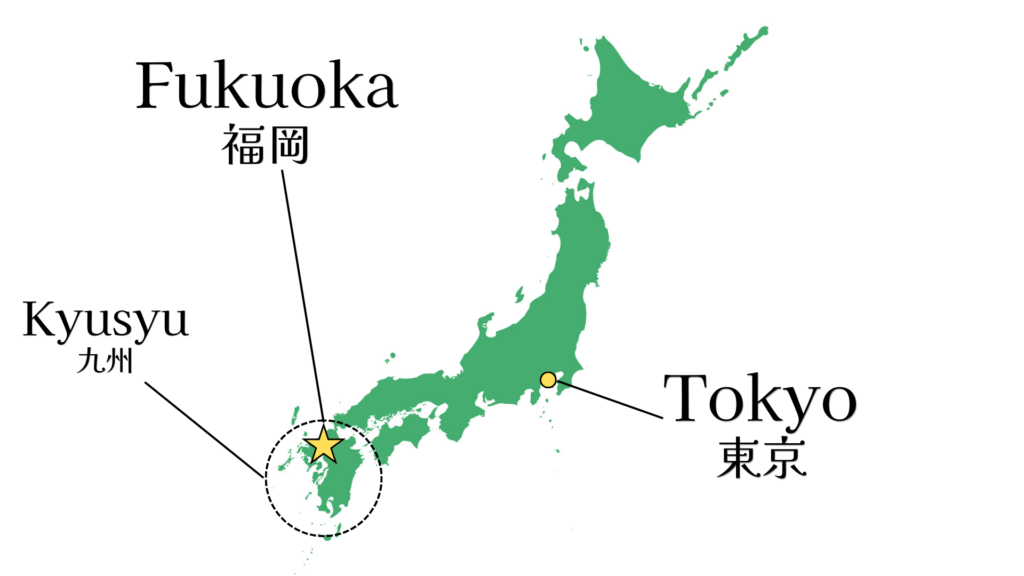
The next stop after Hiroshima is Kyushu, located in the western part of Japan. Kyushu is home to numerous hot spring resorts, so why not enjoy a tour of the hot springs? The largest city in Kyushu is Hakata, and hot spring resorts are scattered around the city. Stay at a ryokan and experience a traditional Japanese hot spring.
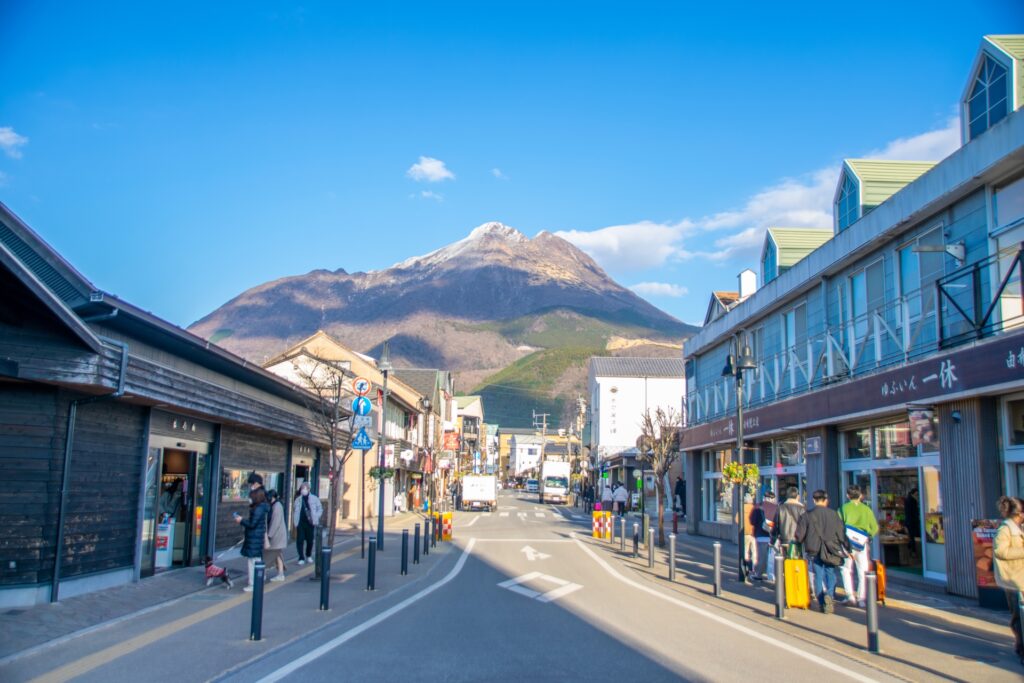
If you have time to spare, we also recommend Yufuin. It is Japan’s largest hot spring resort, located a little over two hours from Hakata by express train or bus.
There, you will find onsen ryokan and souvenir shops lining the streets, and you can walk around the street wearing “Yukata” (Japanese summer kimono). Even for us Japanese, the experience is exciting.
CLICK→Find Hotels in Yufuin Onsen!
Day 10-12: Nansei Shoto Paradise – Amami Oshima or Miyakojima
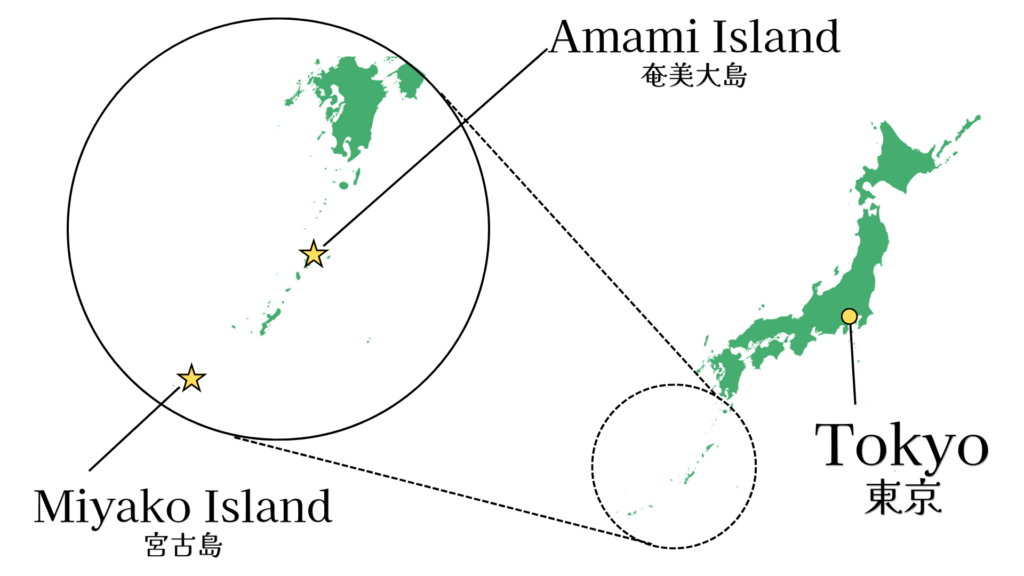
As your trip comes to an end, why not take a flight to a remote island in the south during these three days? From Fukuoka Airport, there are several flights to Japan’s Nansei Islands.
The most famous tourist destination is the main island of Okinawa. There are numerous shopping districts and leisure spots on the main island. However, if you have already spent more than a week in Japan, you will no longer be satisfied with that.
To conclude your trip, we encourage you to experience the beautiful sea and forests of Japan. We especially recommend Amami Island and Miyakojima Island. These islands are off the tourist routes of most foreigners and can be considered Japan’s unexplored wonders. A stay here would be an excellent choice to end this trip.
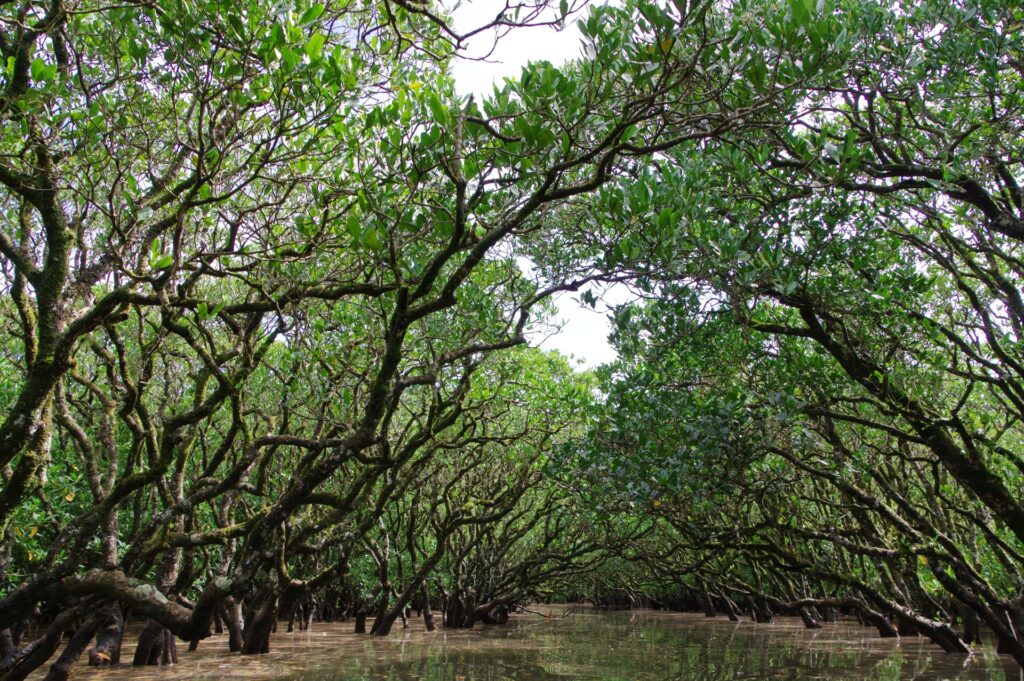
Amami Oshima, with its rich nature and traditional culture, will be registered as a World Natural Heritage site in 2021, offering mangrove forests and beautiful beaches.
CLICK→Find Hotels in Amami Island!
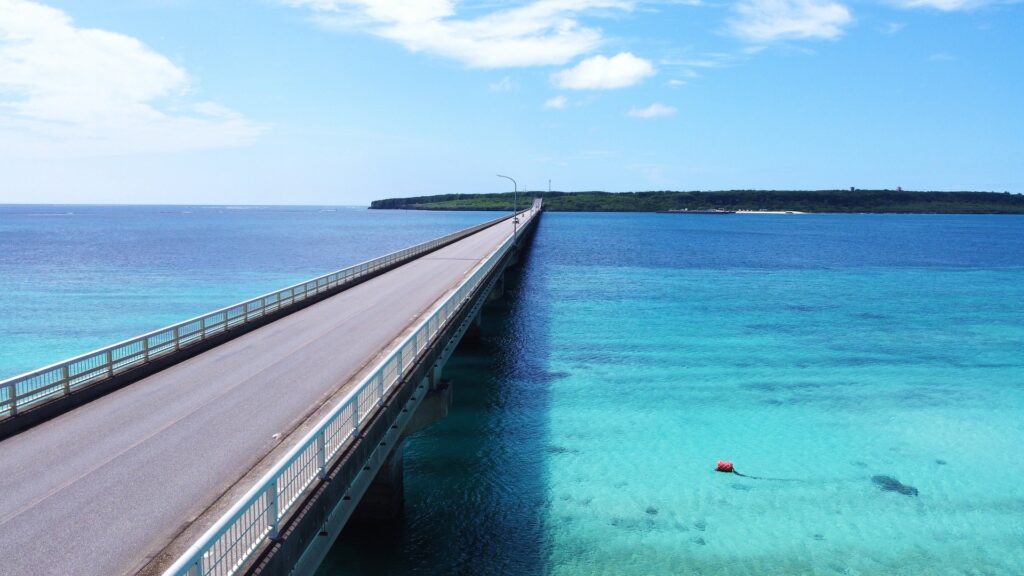
Miyakojima, on the other hand, is a resort island with Japan’s clearest ocean and most beautiful coral reefs. Enjoy snorkeling and diving, and don’t miss the local delicacies such as Miyako beef and Miyako soba noodles. There are also many resort hotels, so enjoy a relaxing hotel stay.
CLICK→Find Hotels in Miyako Island!
Day 13-14: Return to Tokyo
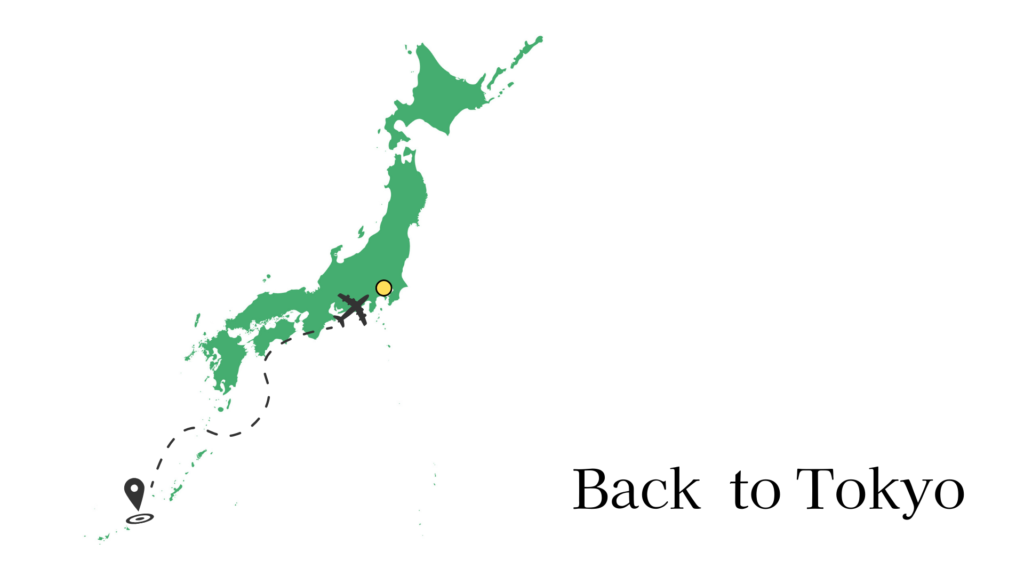
This is the last of our two-week trip to Japan. During the last two days, you will visit Tokyo again to conclude your trip. Walking the streets of Tokyo again from a different perspective than on the first day, you may discover new discoveries and impressions awaiting you.
During these two days, you will be able to visit areas that you did not have enough time to see during your previous visit. These last two days are also the best time to buy souvenirs. There are antenna stores in the city center for each region. You may be able to buy souvenirs that you forgot to buy at those stores.
Let’s enjoy 2 weeks in Japan travel.
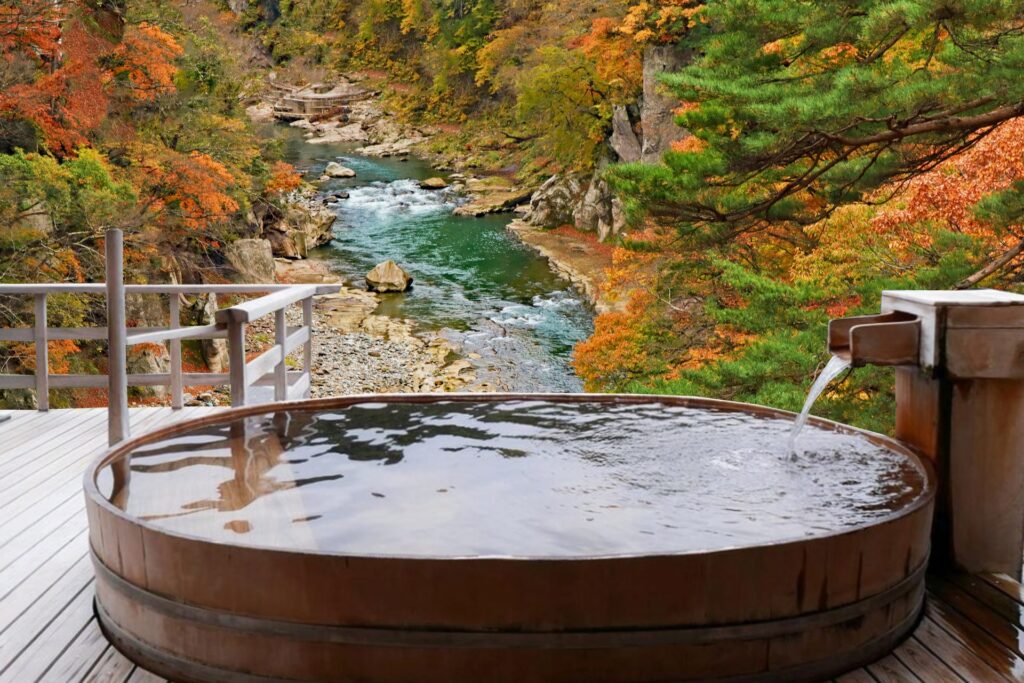
With 14 days, you can visit many of Japan’s major cities and get the most out of your visit to Japan.
In planning your trip, you should not only have urban and exciting experiences, but also cultural and natural experiences that will make your trip deeper and more interesting. The plans we have introduced here are very diverse, so please take a look at them.
Now, let’s enjoy the diversity of Japan’s attractions and create unforgettable memories.

